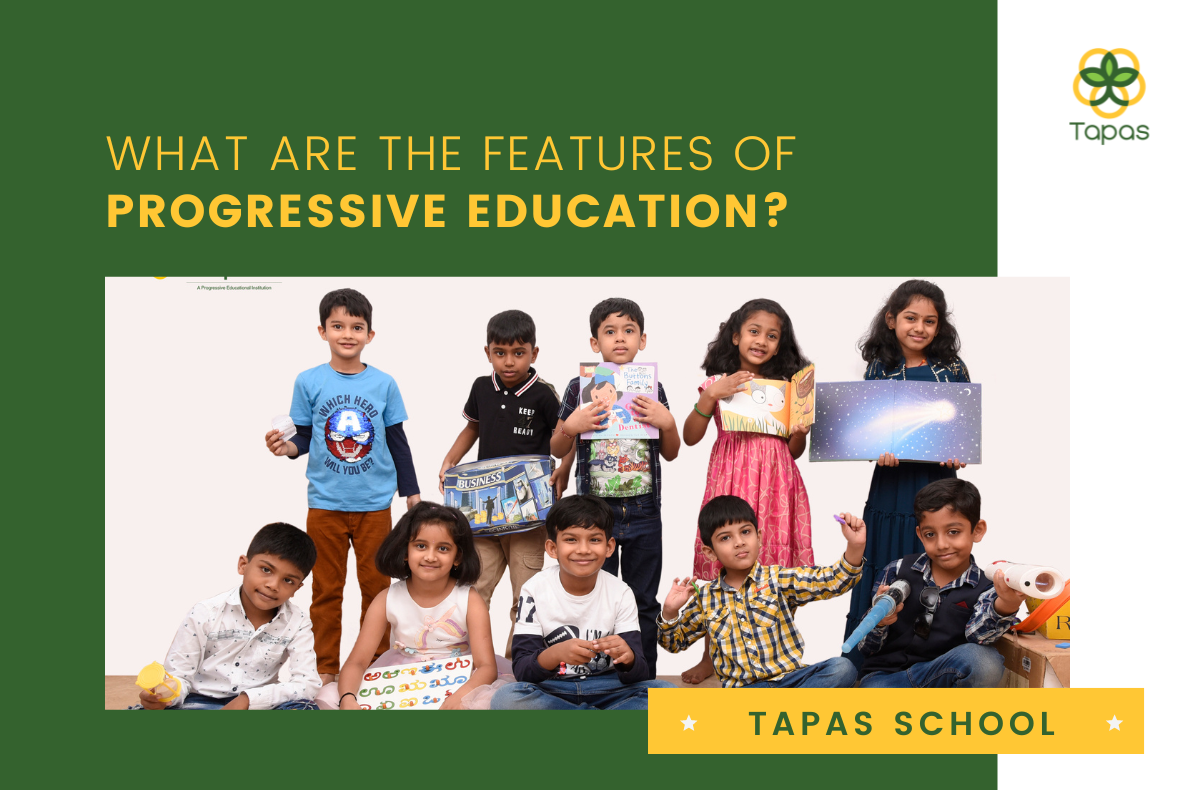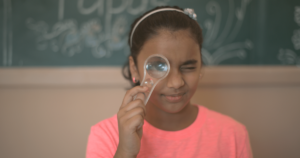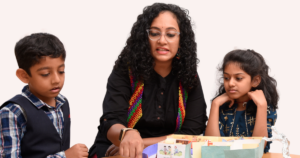JAGA: India’s First Campus Redesign Hackathon for Children
The ‘JAGA’ hackathon is India’s first school campus redesign hackathon, and it is organized by Tapas, the progressive educational institution and 100% project-based learning school in Bangalore. The hackathon aims to make children’s classrooms more adaptable and conducive to learning. The revolutionary effort, which departs from the typical cookie-cutter method of classroom design, focuses on stimulating dialogues and coming up with new ideas to promote improved student-teacher interactions and engaging learning environments in schools. This hackathon is open to participants, and students will also have the opportunity to undergo a Tapas Masterclass on space planning.
What Is a Hackathon?
The format of hackathons varies, but the basic idea is always the same: participants work on a project in teams for a day and then present their work to the rest of the participants.
Hackathons aren’t just held at institutes of higher education; Montessori and primary schools like Tapas School also hold them to inspire creative ideas and solutions. For instance, our JAGA event also doubles as a hackathon where students can propose ideas for redesigning our school’s campus.
Bid Farewell to Cookie-Cutter Approach!
Most international schools in Bangalore have typically used the cookie-cutter way to design classrooms. As a consequence, classrooms have always been teacher-centered. Students are not encouraged to work together in these classes. They provide little flexibility and create restrictive learning environments. Jaga is being held to foster discussion, idea generation, and the development of solutions to improve the flexibility and learning environment on school campuses.
The Procedure
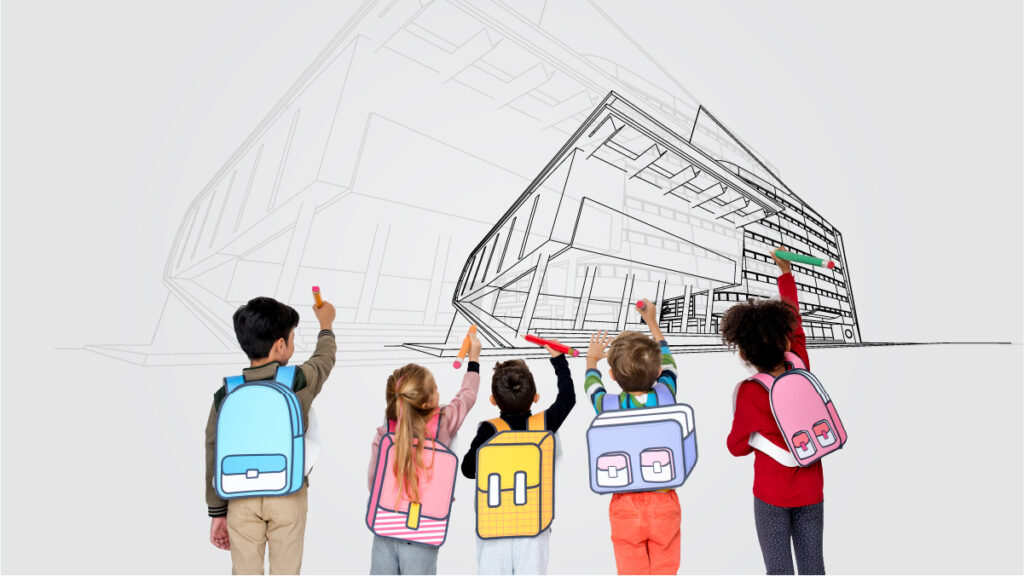
This hackathon has a simple procedure; you have to name 3 things you would change about the school campus. It could be anything you see across campus. From classrooms to libraries, from the cafeteria area to the labs.
Parents can also contribute to this scenario. How? We parents are the ones who know our kids the most and the best. Parents can participate by brainstorming with their children to generate ideas and plans in a progressive educational institution, Tapas school.
What Are the Benefits of Taking Part in Jaga?
By participating in this event, you may learn new skills, strengthen your abilities to work in a team, and more.
Participating in the JAGA hackathon conducted by Tapas progressive learning institution in Bangalore has several advantages, including the following four:
Feel a Sense of Accomplishment.
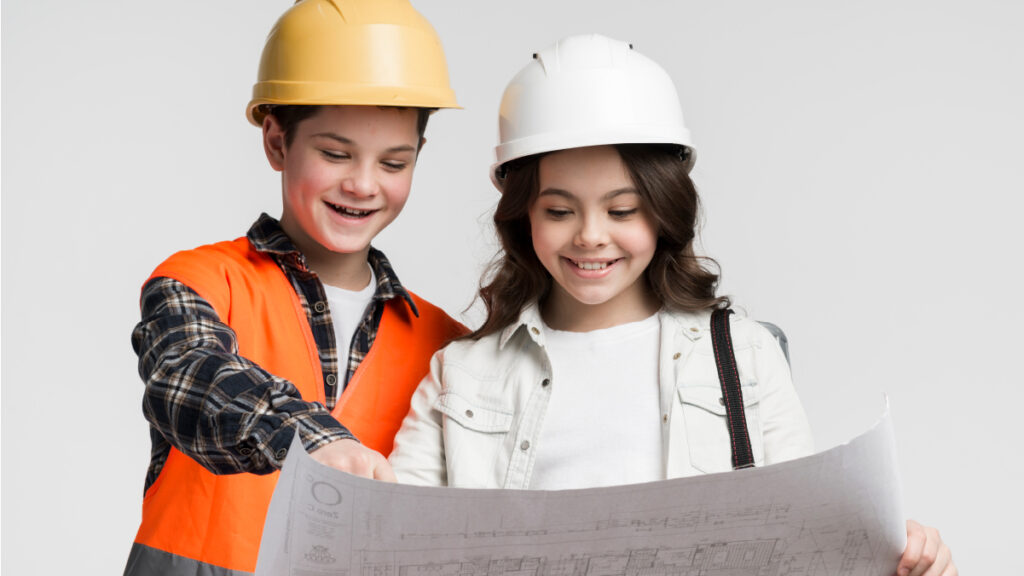
This hackathon is open to all participants, regardless of their level of knowledge.
Every participant who completes a hackathon feels very satisfied. There is so much to gain from participating in this event. You will have a complete presentation to show to your peers, and it will be tough to walk away from this experience without feeling productive!
Enhance Your Soft Skills
You’ll gain valuable soft skills at hackathons and technical skills you acquire during the event.
You will need a combination of hard and soft skills for a successful career in the competitive world, and our JAGA event will help you hone both.
You will learn the crucial communication, problem-solving, and cooperation skills useful in any professional field and have a better future with these skills gained. You’d eventually thank the progressive educational institutions’ founder of this event after good future outcomes!
Learn Team-Building Skills
Collaborating with a team of individuals from various backgrounds and viewpoints is the last advantage of participating in the JAGA event.
You’ll also be able to hone your interpersonal and communication abilities.
Contributing Your Part
You are contributing significantly to a more meaningful purpose by participating in our JAGA hacking event. You can help redesign our school’s campus here! Any changes you’ve always wanted to make to the halls, school hall, cafeteria, or anywhere else are possible with JAGA! Therefore, you’ll help not only yourself but also the greater good.
Your Takeaway
This is a fantastic chance you shouldn’t pass up. Learning many things at home, like collaboration, new talents, market trends, etc., takes a lot of work. Hackathons are an excellent way for students to put their skills to the test, as well as to get their first experience of collaboration and problem-solving in this real world. This has been made possible to you by India’s first campus redesigning hackathon for children at Tapas School. Be a part of us today. Sign up today! Learn today – Lead tomorrow!
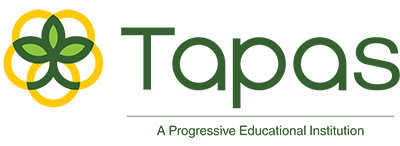
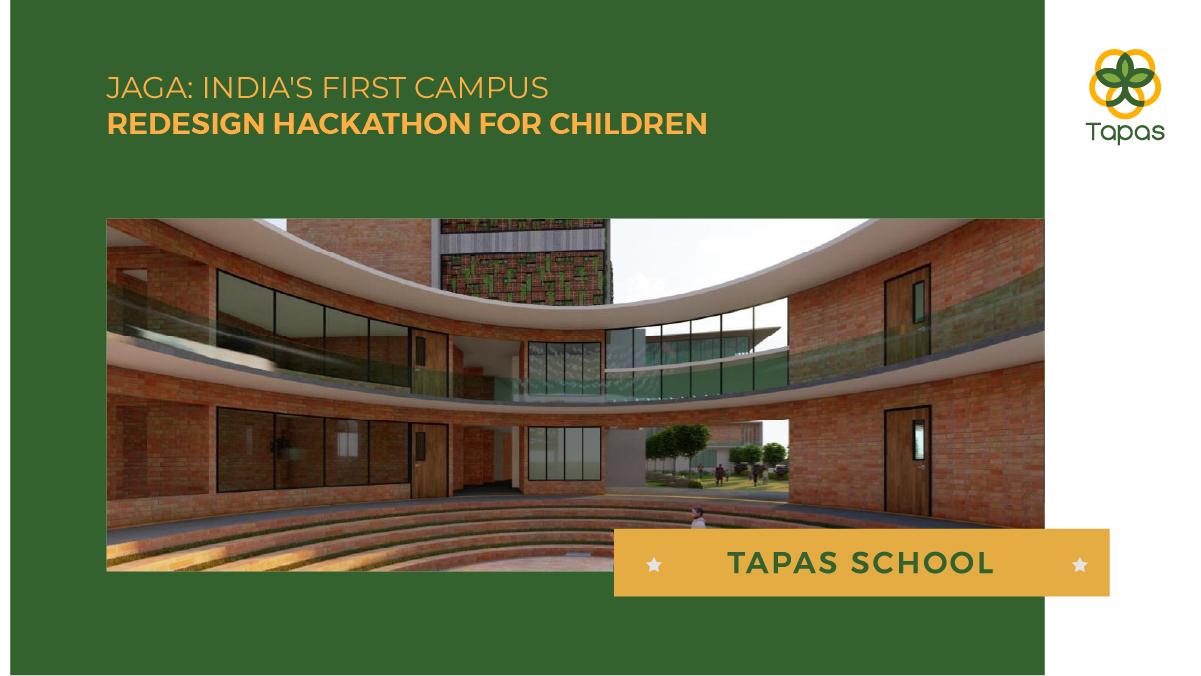

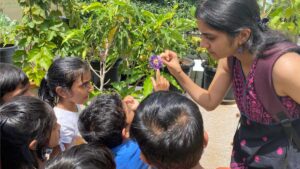
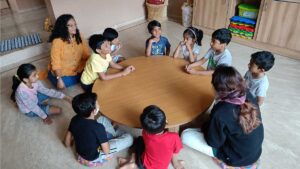

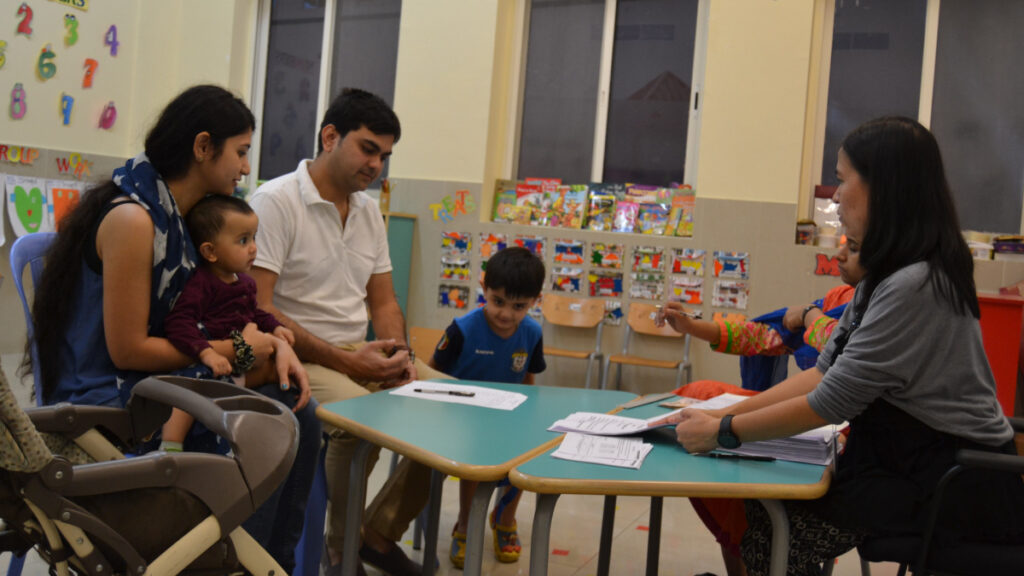
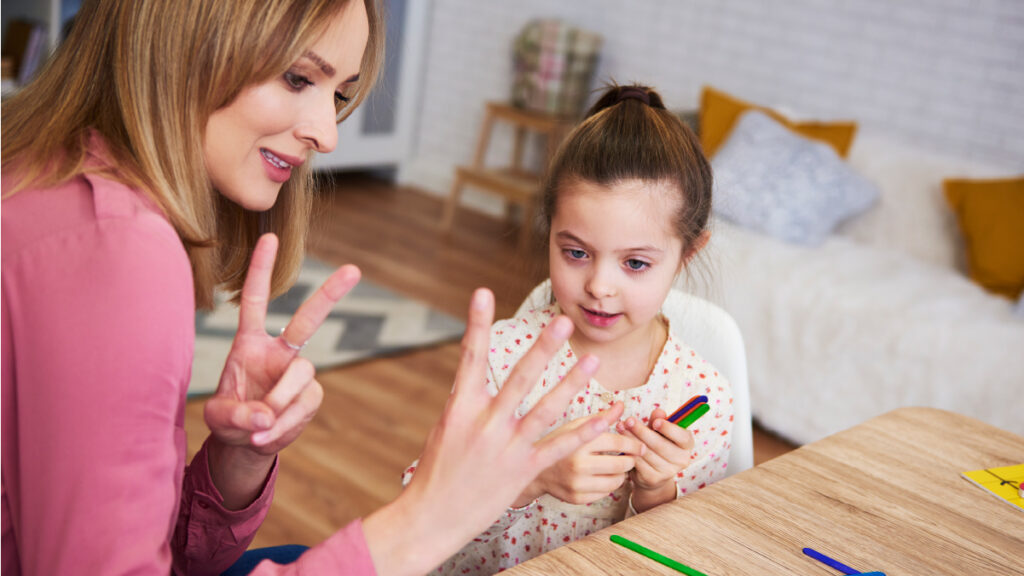
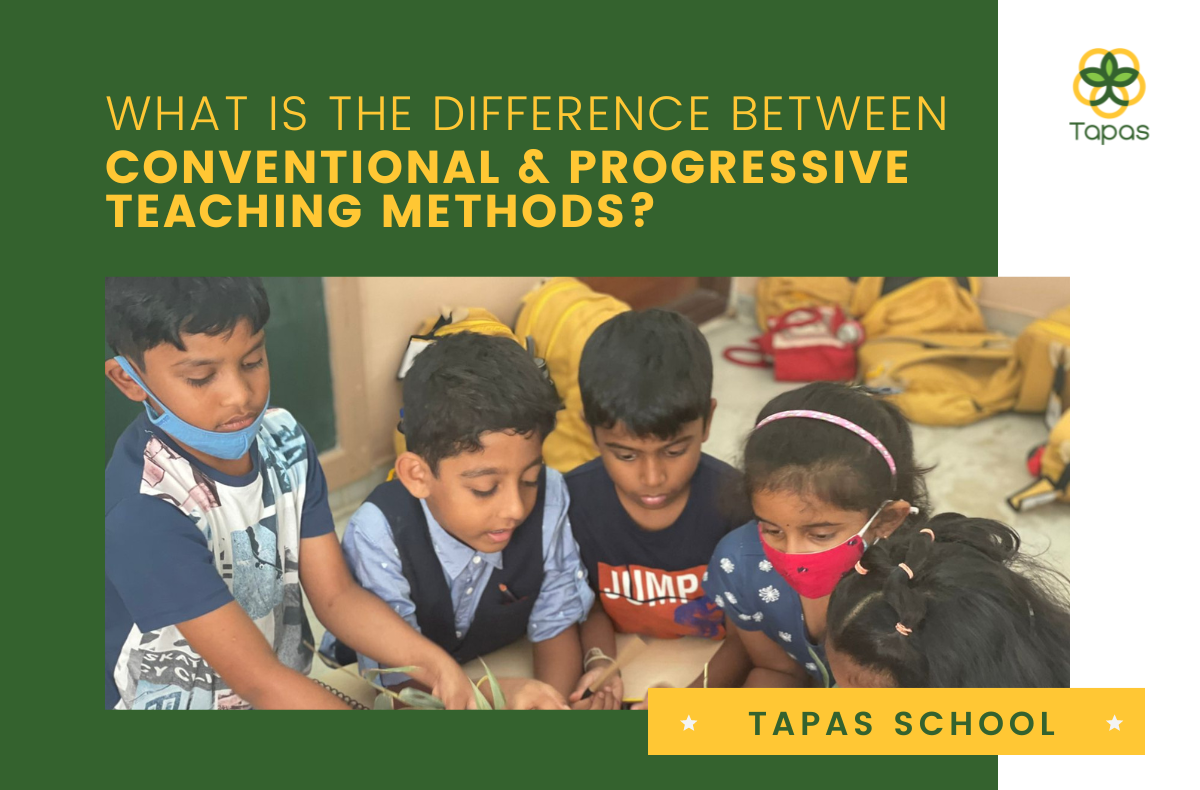
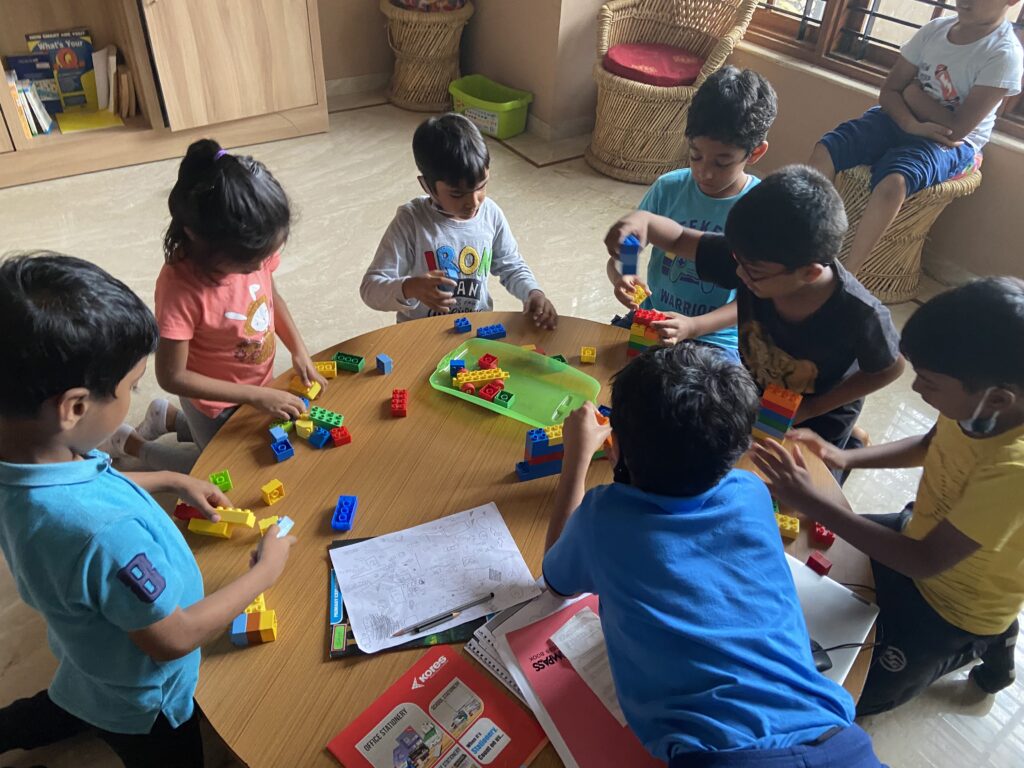

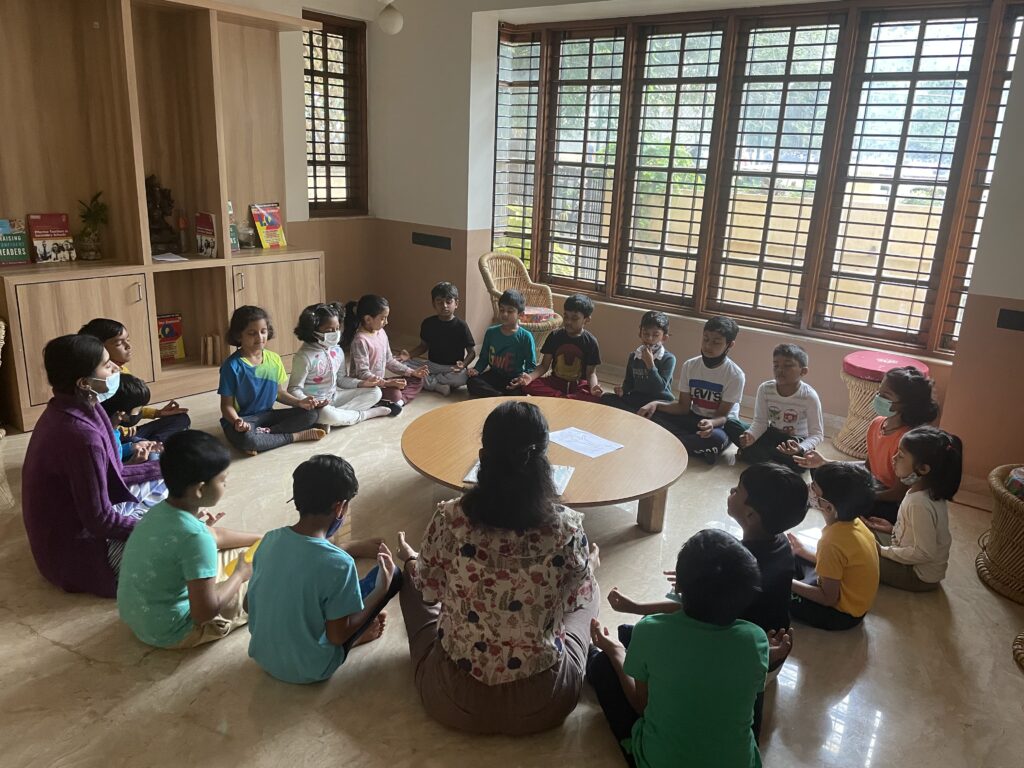 Traditional or Progressive, both methods have their pros and cons. How amazing would it be if a parent got the best of both worlds? This is where Tapas education, a
Traditional or Progressive, both methods have their pros and cons. How amazing would it be if a parent got the best of both worlds? This is where Tapas education, a 